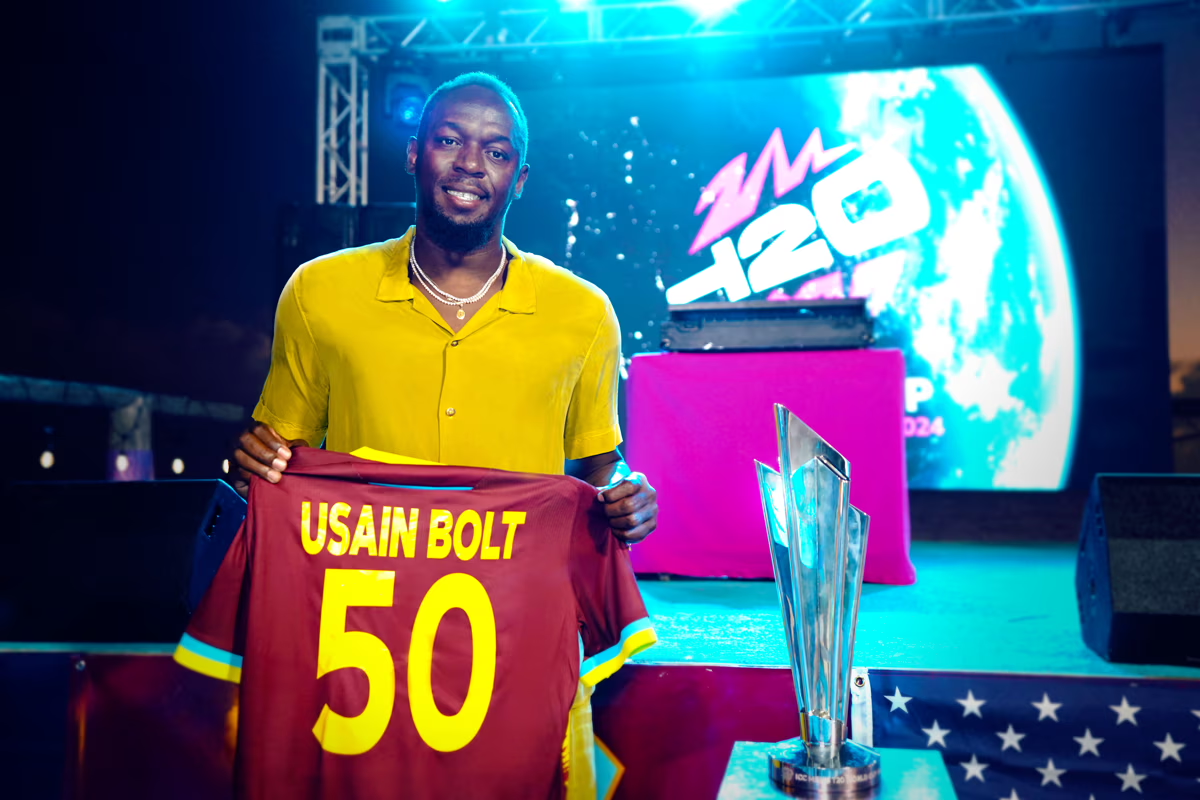
…1st payment of US$75M expected by Dec 15
Following the historic US$750 million deal signed by the Guyana Government on Friday for the sale of over 33 million carbon credits to United States oil major Hess Corporation, a significant portion of these earnings are slated to be injected into the development of Indigenous communities across the country.
This was revealed by Vice President Dr Bharrat Jagdeo during his remarks at the signing of Guyana’s first sale agreement for its certified high-quality carbon credits on Friday at State House.
Jagdeo, who initiated the 2009 US$250 million deal with Norway for Guyana to preserve its forest, had led negotiations with Hess Corp.
He went on to give a breakdown of the earnings Guyana will get from this multi-year US$750 million sale agreement.
Regarding the 12.5 million legacy credits for the period 2016 to 2020, which Guyana was able to get Hess to pay, Hess will be paying a minimum of $15 per tonne, thus racking up the total to about US$187 million.
According to Jagdeo, it is anticipated that this amount will be paid in full within the next 18 months. However, a first instalment of the legacy credit payment, to the tune of US$75 million, is expected by December 15, 2022.

The Vice President further disclosed that of the US$187 million earned from the legacy credit, some US$28 million will go towards Indigenous communities.
“We made a commitment that 15 per cent of all of the proceeds from any sale of forest carbon will go to Amerindian communities. We had a discussion at the NTC (National Toshaos Council) and we agreed that all of the communities, forested and non-forested Amerindian communities, will benefit in an equitable manner and they will decide on the distribution,” he stated.
This comes on the heels of concerns raised by certain sections about the benefits that would be given to hinterland communities from such agreements that factors in resources from their titled lands.
But in response, VP Jagdeo stressed that “…the Amerindian communities from this deal alone with Hess will benefit from about US$112 million. That’s a lot of money… You show me a country or a party where you can raise US$112 million for the Amerindian community and we will go with your proposal.”
Moreover, Jagdeo outlined too that for the period 2021 to 2025 in the Hess deal, Guyana’s carbon credit would be sold for $20 per tonne, thus earning the country another $250 million; while another $312 million is expected during the 2025 to 2030 period when the credit would be sold at $25 per tonne.
He explained that these figures are the minimum earnings and could be increased in the future if the global market prices for the sale of carbon credit change. In such an event, Guyana stands to benefit from 60 per cent of that increased price.
Unlike, the arrangements with the Norway deal, payments from this Hess agreement go directly into the Treasury as revenue but will be placed in a separate account for auditing and parliamentary accountability purposes as well as to allow for easy access to financing.
“All the funds will go in one account… which will be reported to parliament and there will be an international audit of the account. So, it is under our control now as compared to the past where you had to go through a multilateral agency… The money will come into the treasury as revenue and will be in a separate account, though, so that the Auditor General and everyone and parliament and so on can be notified of these [monies earned],” the VP stated.
The 33.7 million credits being sold to Hess Corp is just 30 per cent of the carbon sink contained in Guyana’s vast forest cover.
The country’s more than 18 million hectares of pristine forests are estimated to store approximately 20 billion tonnes of carbon dioxide equivalent.
The remaining 70 per cent of carbon credit will be put on the market for future sale agreements.
According to Jagdeo, government will wait for the market prices to go up before proceeding with another sale agreement. However, he noted that there are several proposals being submitted.





















